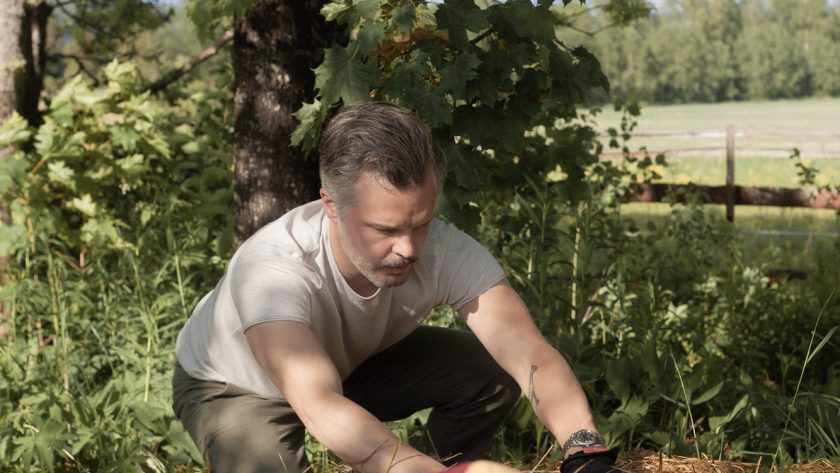“Matsson is so natural a songwriter that these tracks feel predetermined, tumbling out of his mouth with an ease and grace that’s increasingly uncommon,” wrote Pitchfork. Another review said that Matsson “represents the highest class in this art form—someone who can make you forget that folk songs have existed for longer than the time since this album began spinning.”
Matsson appeared on the scene at the high water mark for indie folk, in 2008: Fleet Foxes released their first record of vibey Appalachian acapella, the same year Shallow Grave came out. Mumford & Sons were charting. That one Edward Sharpe song was everywhere. As the industry cashed in and artists like Sufjan Stevens and Bon Iver moved in different sonic directions, here was some guy from Sweden writing songs on a guitar that were spare, earnest, authentic. If there’s even a tiny part of you that desires to connect with a less ironic, and maybe even less cynical, version of yourself, the Tallest Man on Earth can help get you there.
After his breakout, Matsson spent much of his time in the US, either touring the country or living in his apartment in Brooklyn. He got the farm to have a place to stay for the few months a year he was back in Sweden. But his life was centered in Carroll Gardens, not Dalarna.
The farm isn’t strictly traditional—the buildings aren’t painted the traditional Falu red—but it is really old. “This house was built in the 1800s. The story is that a farmer, who seems to have been a real stand-up dude, gave it to two sisters. But of course they weren’t sisters, they were a couple,” says Matsson. “So they lived here and grew cherries. They would take them down to the river there and go across because there was a market on the other side.”
In addition to the main house, the property has three barns. One is even older than the house, dating back to the 1600s. “These old seed barns are very common around here, but this is the oldest one in this village, so I can brag about that,” says Matsson. There’s an additional old barn that Matsson converted into a recording studio, overflowing with guitars. “But when I had done that I didn’t have a barn to just throw stuff,” he says, so he built a third one from pine wood with a carpenter friend around the back.
When he returned to Sweden during COVID, that third barn was the first project he took on. Some time ago he had picked up an antique organ made of solid oak at a local flea market, and Matsson wanted to move it up the lofted second story of the storage barn. Oak is heavy, though. So he completely disassembled it, moved it all upstairs, then put it back together, piece by piece.
That took two weeks. There were many more weeks to fill.



